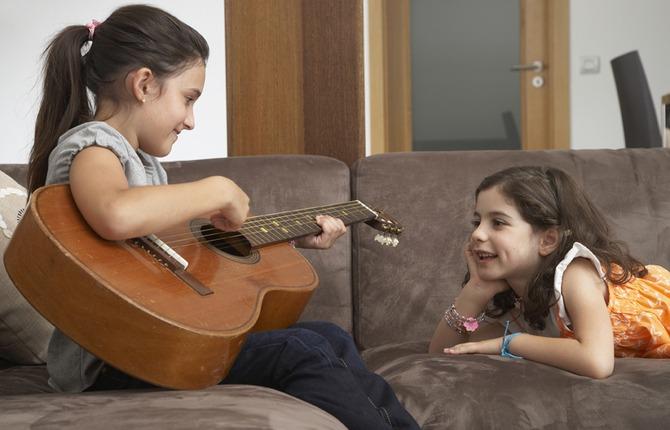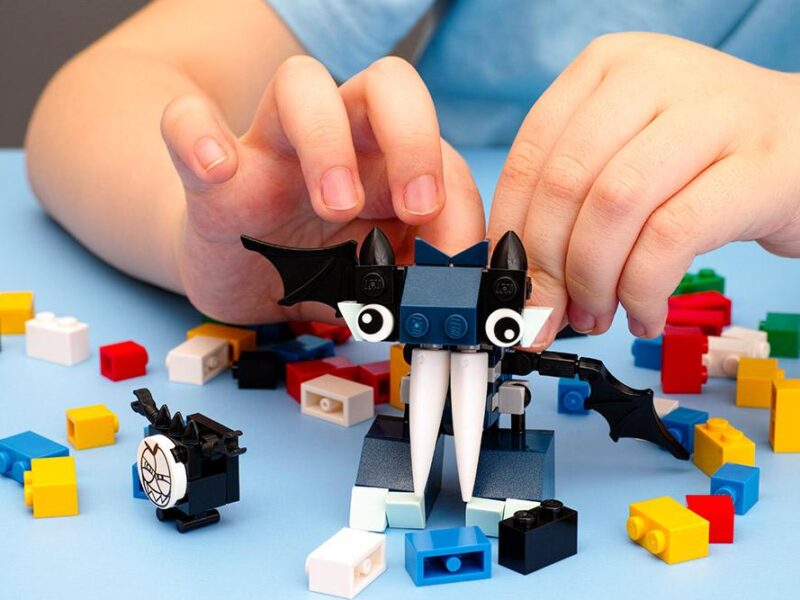
Put some fun into music practice with these tips
1.47k
Frozen composer Robert Lopezand pop star Ingrid Michaelsonare among the alumni who honed their musical talent at New York City’s Third Street Music School Settlement, the oldest community music school in the United States.
To help aspiring young musicians follow in their footsteps, the teachers and parents at Third Street Music School have shared their top tips for making practicing music more fun and enjoyable at home.
- Leave the instrument out. Get an instrument stand, or keep your piano's keyboard cover open. This makes it easier for the student to play a few bars here and there, and makes practice seem like less of a scheduled chore.
- Turn practice into a performance. When friends or relatives visit, hold an after-dinner pajama concert where the student can play songs they've been working on in front of an audience, but in a relaxed atmosphere.
- Inspire your child by taking up an instrument yourself. There’s nothing like practicing with a parent to get young musicians motivated. If you already play an instrument, hold family music nights where everyone gets together and plays for fun.
- Use the roll of a die to keep practice from being too rote and repetitive. Assign different tasks to the numbers on a die (e.g., play a scale, find all the C keys on the piano, etc.) and have the student roll it and then perform whichever task comes up.
- Use the power of incentives and rewards. Create a practice chart and mark each successful session with a sticker. When your child earns a specific number of stickers, give them a reward such as ice cream, a toy, or for the older student, extra time out with friends.
- Encourage your child to not only play their instrument, but play around with it. Have them make up songs on the spot, or put a movie on mute and have them create sound effects. Playful experimentation can be empowering and stimulating, and can inspire creativity.
Make sure practice is scaled to the student's age and skill level. For younger kids, 10-15 minutes a day is enough. As they get older, match their daily practice to the duration of their instructed lessons; e.g., if their weekly lessons are 30 minutes long, then have them practice 30 minutes a day.





